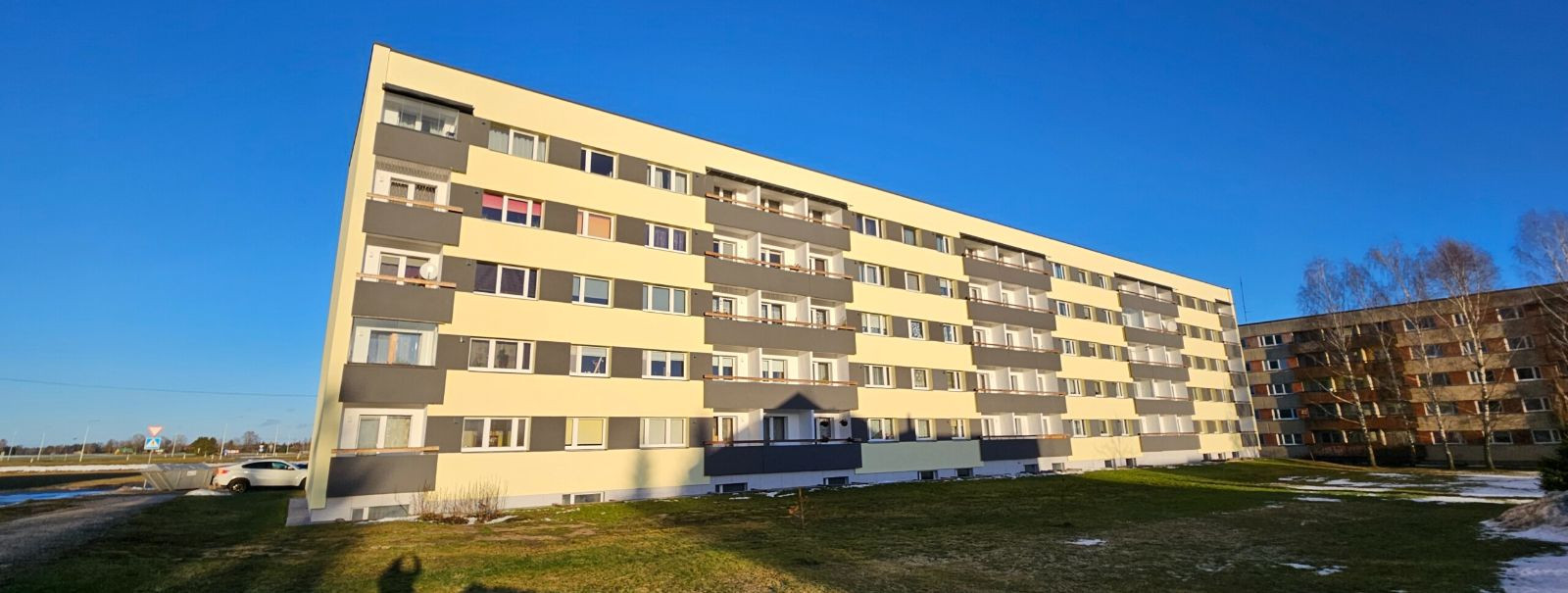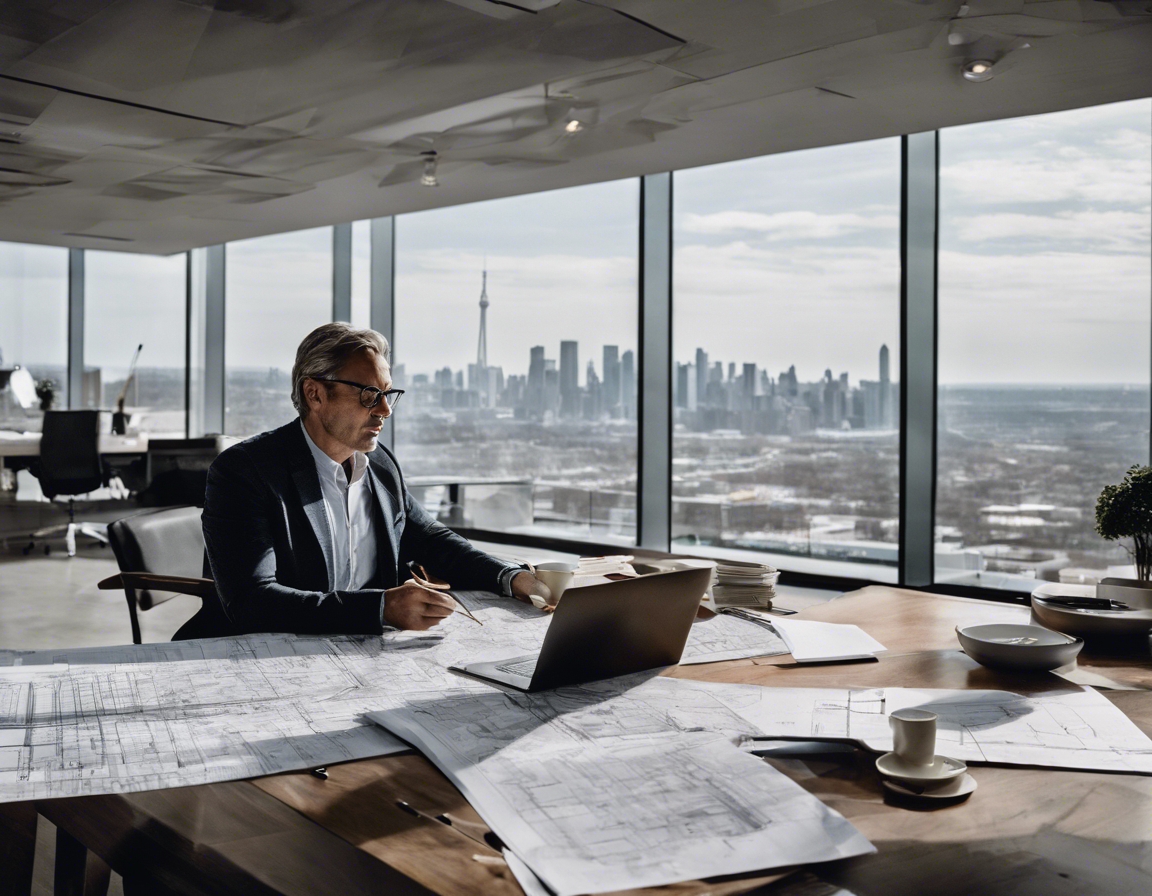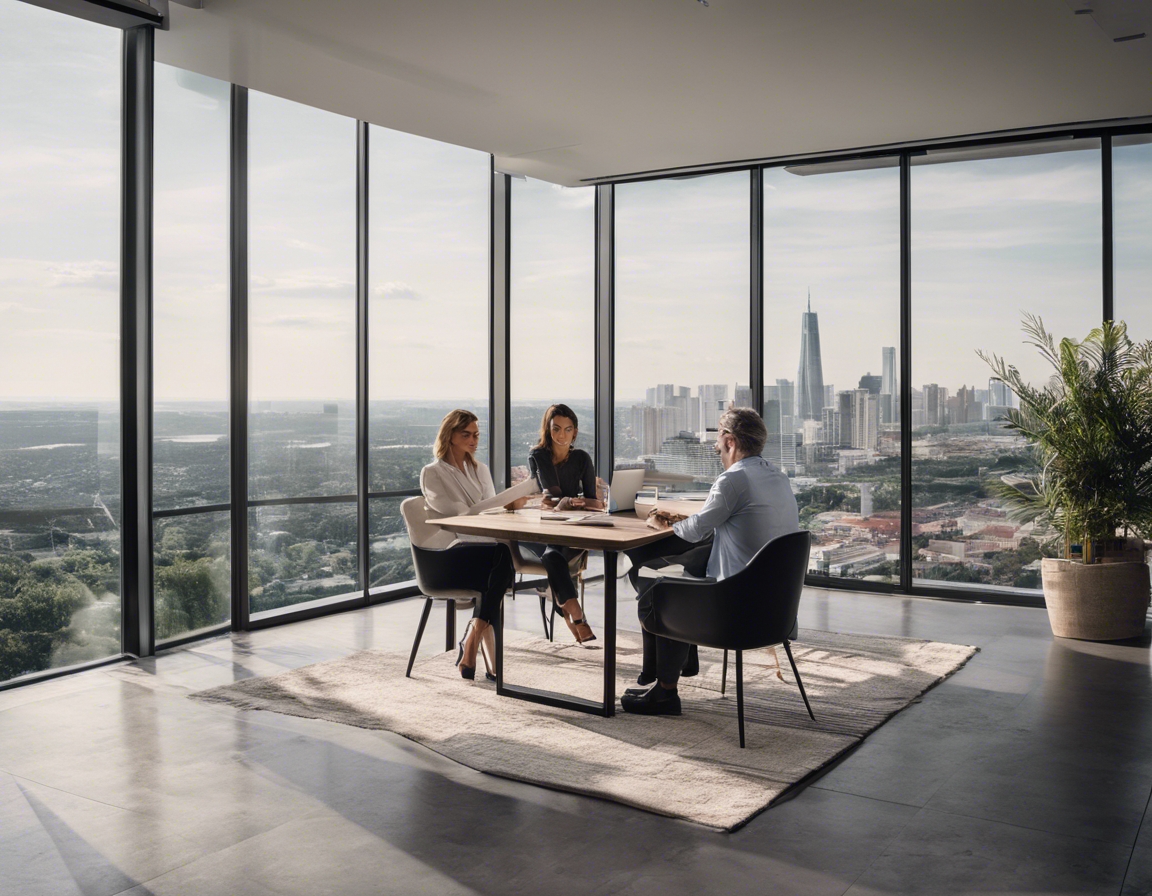How to apply for building permits successfully
Building permits are essential for ensuring that any construction or renovation project complies with local building codes and safety regulations. These permits are designed to protect the public by ensuring that buildings are safe and structurally sound. For apartment associations and property management companies, obtaining the necessary permits is crucial to avoid legal issues and potential fines.
Properly permitted renovations can significantly enhance the value of a property. By ensuring that all work is up to code, property owners can increase the marketability of their buildings, attract more tenants, and potentially command higher rents. This is particularly important for older buildings in need of modernization.
2. Types of Building Permits
Renovation permits are required for any significant changes to an existing structure. This includes alterations to the building's interior or exterior, such as adding new rooms, changing layouts, or updating electrical and plumbing systems.
These permits are necessary for constructing new buildings or significant additions to existing structures. They ensure that the new construction meets all local zoning and building codes.
For properties with historical significance, special permits may be required to ensure that renovations preserve the building's historical integrity. These permits often involve additional scrutiny and requirements.
3. Preparing for the Application Process
Before applying for a building permit, it's essential to gather all required documentation. This typically includes architectural plans, engineering reports, and detailed descriptions of the proposed work. Having these documents ready can streamline the application process.
Each municipality has its own set of building codes and regulations. It's crucial to understand these local requirements to ensure that your application is complete and accurate. Consulting with local authorities or a professional can provide valuable insights.
Engaging the services of architects, engineers, or professional consultants can be beneficial. These experts can help navigate the complexities of the application process, ensuring that all technical aspects are addressed correctly.
4. The Application Process
Once all documentation is prepared, the next step is to submit the application to the relevant local authority. This process may vary depending on the municipality, so it's important to follow the specific guidelines provided.
After submission, the application will be reviewed by the local building department. They may request additional information or modifications to the plans. Promptly addressing any feedback can help expedite the approval process.
Once all requirements are met, the building permit will be issued. This approval allows construction or renovation work to commence legally. It's important to keep the permit on-site during the project for inspection purposes.
5. Common Challenges and How to Overcome Them
Navigating the bureaucratic process can be challenging. Patience and persistence are key. Building a good relationship with local authorities can also facilitate smoother interactions.
Environmental regulations may impact the permitting process, especially for projects involving older buildings. Ensuring compliance with environmental standards is crucial to avoid delays.
Unexpected costs and timeline extensions are common challenges. Proper planning and budgeting, along with contingency plans, can help manage these issues effectively.






Comments (0)